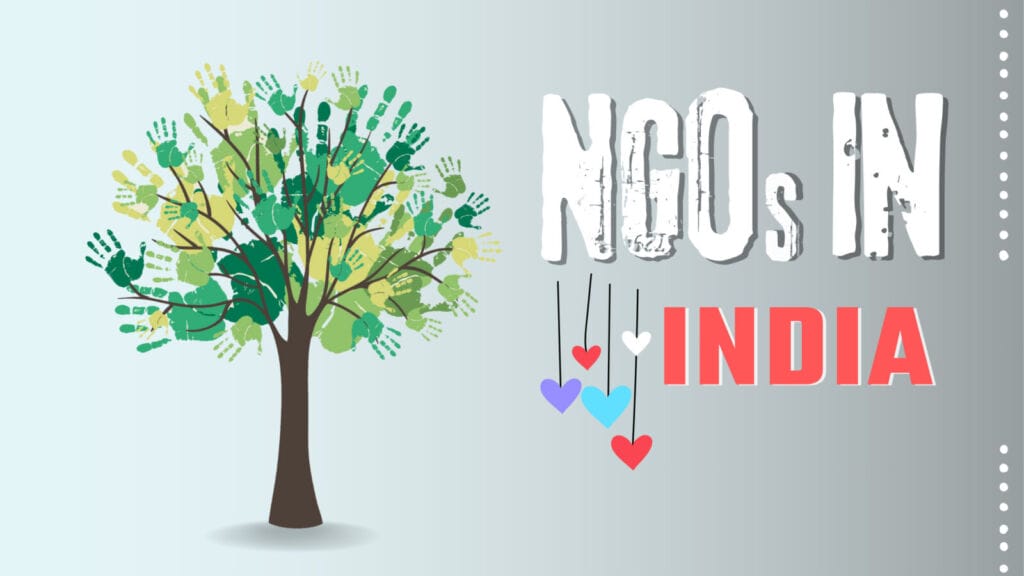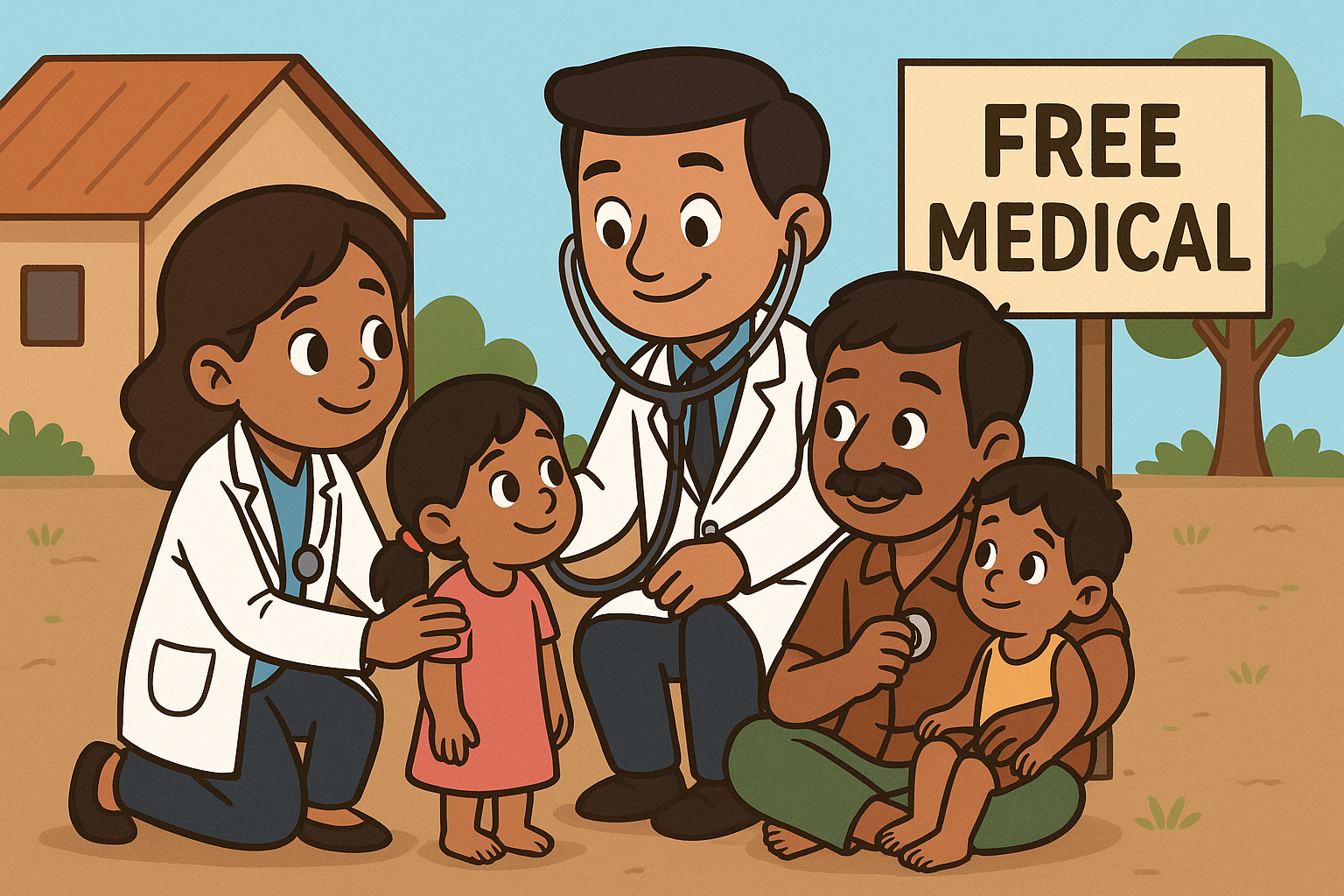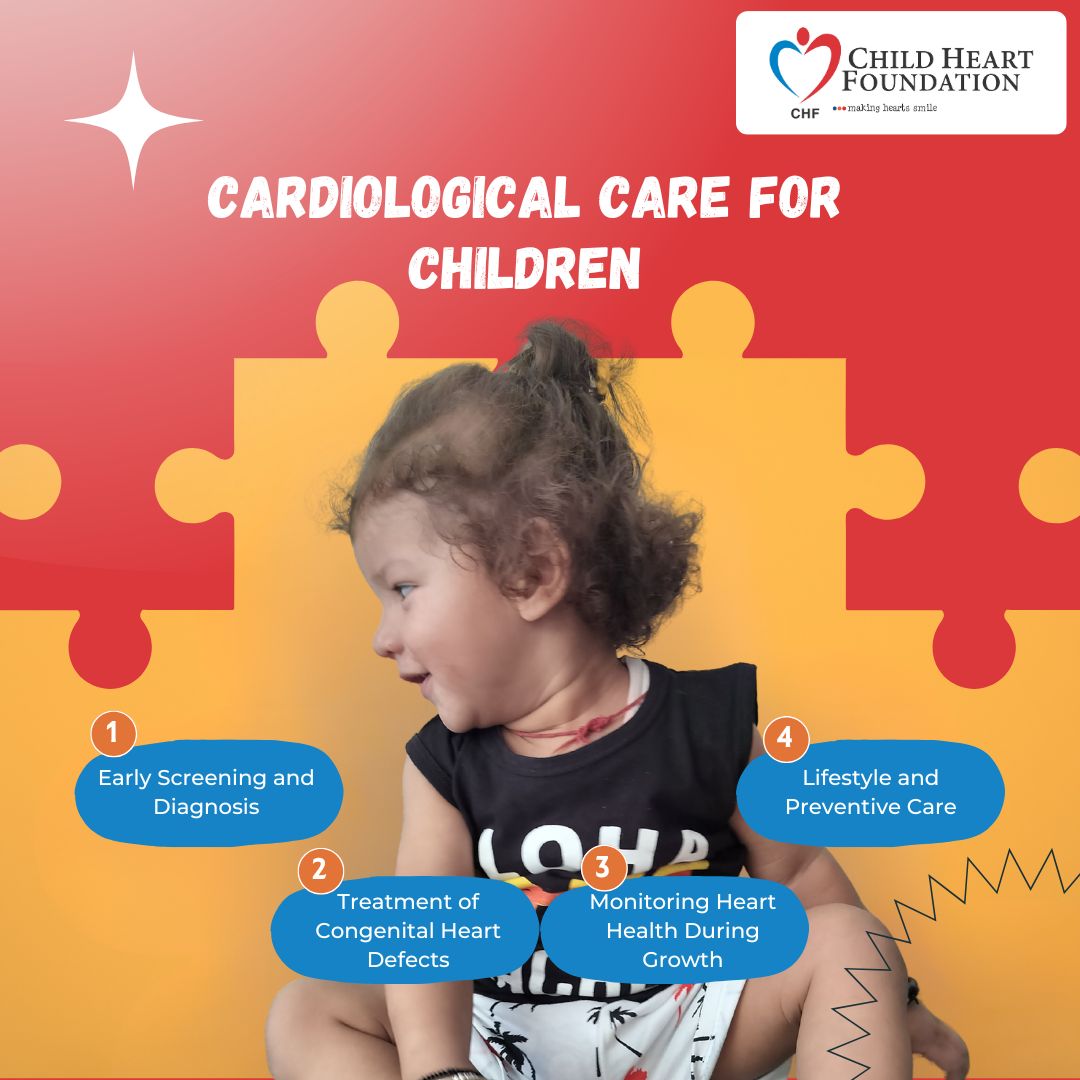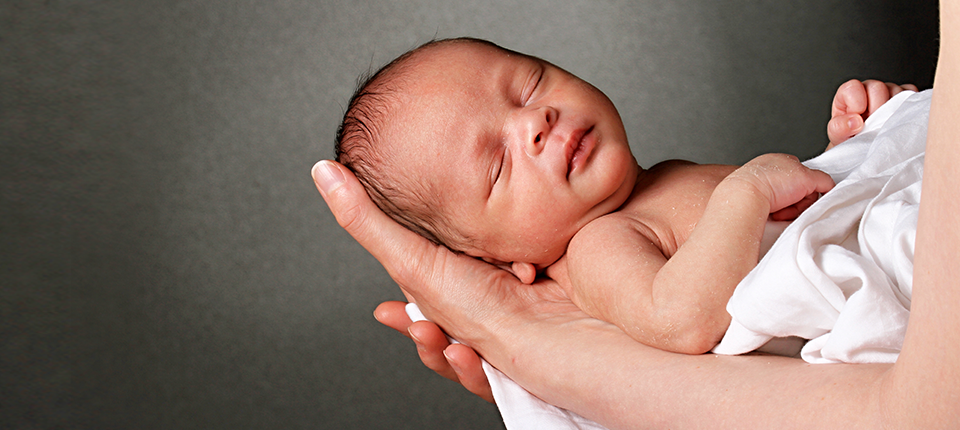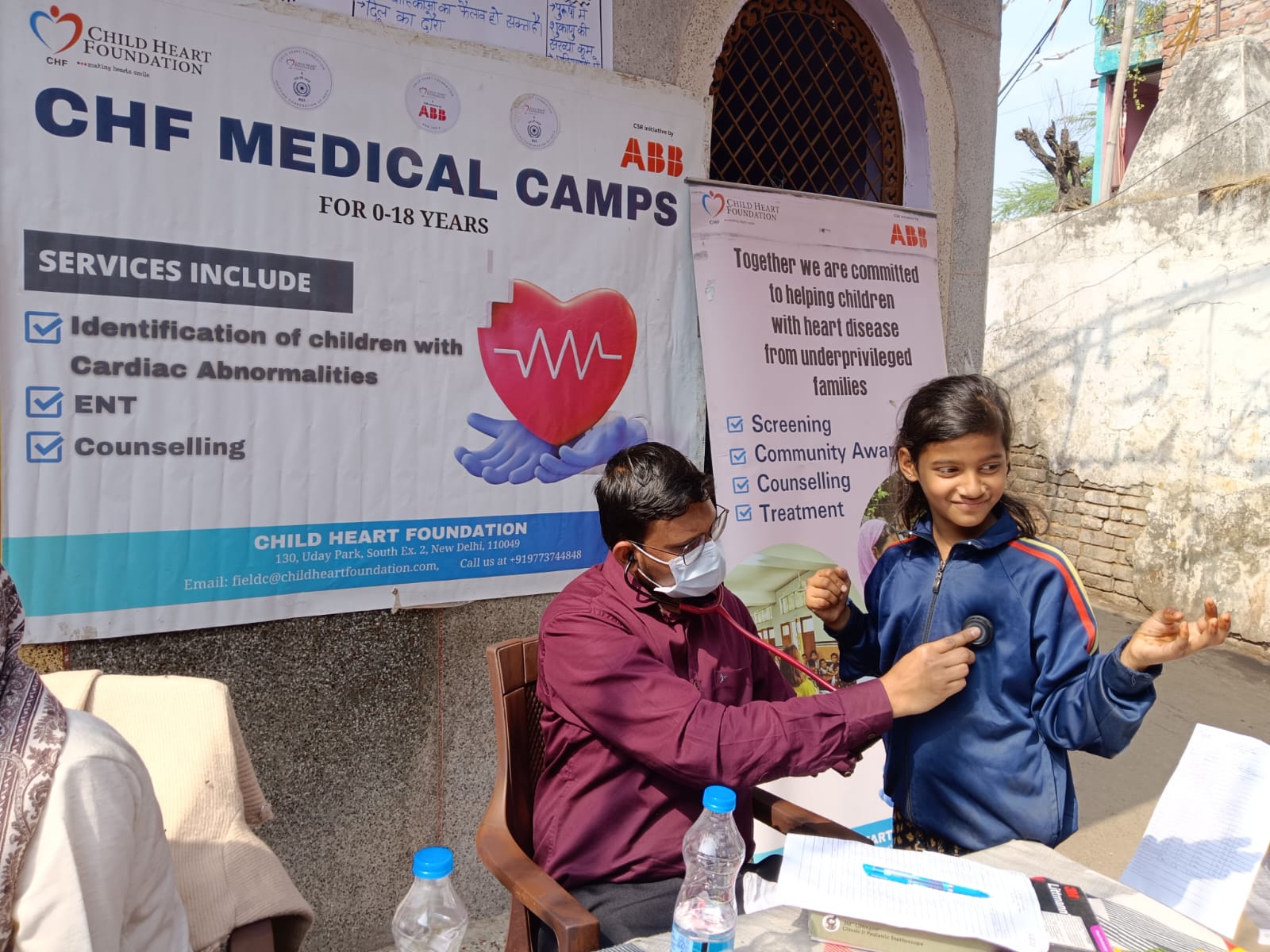
Cardiological Care for Children
The heart is the powerhouse of the body. But what happens when this vital organ fails? How do heart problems specifically affect children and adolescents? The following article provides an overview of causes, symptoms, and treatment for heart disease among our younger populations.
A healthy heart functions like a well-oiled machine. Triggered by electrical signals, the heart chambers expand and relax, the valves open and close like house gates, each muscular section, tissue layer, and cell working in sync to send a surge of blood to the rest of the body. There are times, however, when this intricate machinery stalls. While cardiac illnesses occur more frequently in adults, young children and teenagers experience heart problems too. These disorders can be congenital (present at birth) or acquired.
The importance of early intervention in congenital heart disease cases
Congenital heart disease (CHD) impacts nearly one in hundred children worldwide. These structural malformations are present at birth, and are the most common cause of pediatric heart failure. The two types of CHD are cyanotic (low blood oxygen levels) and acyanotic (abnormal heart pumping).
- Causes: CHD occurs because the fetal heart does not develop properly in the uterus. The exact causes of CHD are unclear but contributing factors may include: inherited abnormal chromosomes or genes; alcohol and drug consumption during pregnancy; and illness during pregnancy.
- Symptoms: While most heart defects can be diagnosed prenatally or post-delivery, some forms of CHD may be detected later in childhood or adolescence. Clinical signs of CHD in younger kids and teens may include: fainting, dizziness, shortness of breath, fatigue, and inability to engage in physical activity.
- Treatment: To effectively treat CHD, early detection is vital. Regular monitoring allows for timely intervention, which helps preclude CHD-related health complications and provides the best chance for children with CHD to live an active, healthy life. Simple CHD conditions can be healed with medication that prevents blood clots or controls irregular heartbeat. More serious CHD cases require medical intervention. Treatment modalities can encompass: cardiac catheterization, corrective surgery, implantable heart device (e.g., a pacemaker or implantable cardioverter defibrillator), and, in rare cases, heart transplantation.
Acquired heart disease: types and treatment
Pediatric acquired heart problems are not present at birth; they arise later in life. As with CHD, acquired heart defects can be caused by viral or bacterial infection, inherited heart conditions, and structural defects, which can put children at higher risk of developing acquired cardiovascular issues. There are four types of acquired heart disease:
- Kawasaki disease: Most common in young children, Kawasaki disease is inflammation of the blood vessels.
- Symptoms: A fever greater than 102.2 degrees Fahrenheit for five or more days alongside at least four of the following: rash, enlarged lymph nodes, swollen red skin on the hands and feet, bloodshot eyes, cracked lips, and a swollen tongue.
- Treatment: Medical therapy within ten days of exhibiting symptoms is necessary to reduce lasting damage to the arteries. Kawasaki disease is usually treated with intravenous gammaglobulin (immunoglobulin). In the ensuing weeks, a child may also be prescribed low-dose aspirin to reduce the risk of blood clotting.
- Myocarditis: Thickening of the heart’s muscular walls, which is often caused by an immune response to viral infection.
- Symptoms: Older children present fewer, more subtle symptoms of myocarditis than newborns and infants. These signs may include: chest pain, heart palpitations, cough, fatigue, fever, belly pain, nausea, and inability to engage in physical activity.
- Treatment: There is no direct cure for myocarditis; instead the focus of treatment is to address the underlying illness as well as support heart functioning and blood circulation. Potential treatment options involve: medication to control blood pressure, intravenous immunoglobulin to reduce inflammation, and complete bed rest.
Rheumatic heart disease: Caused by damage to the heart valves as a result of rheumatic fever, rheumatic heart disease is the most common acquired heart disease in people under the age of 25.
- Symptoms: Clinical presentation of rheumatic heart disease can include chest pain, shortness of breath, swelling of the stomach, hands or feet, fatigue, and rapid or irregular heartbeat.
- Treatment: In severe cases, surgery is required to repair or replace the damaged heart valves; this may be supplemented with blood thinners and medication for heart rhythm abnormalities.
Cardiomyopathy: A chronic heart condition where the heart muscles deteriorate (by thickening or rigidifying) or the heart chambers distend. Apart from genetics and viral infection, cardiomyopathy can also be triggered by metabolic, mitochondrial, or systemic diseases, toxins, and chemotherapy drugs.
- Symptoms: Affected children may complain of shortness of breath, dizziness, rapid heartbeat, bloating, chest pain, and fatigue.
- Treatment: Cardiomyopathy can be managed by administering angiotensin-converting enzyme inhibitors, diuretics and beta blockers to fortify the heart’s pumping capacity; performing a myectomy to remove excess heart muscle; inserting ventricular assist devices; and, in rare cases, conducting a heart transplant.
Managing heart disease in teenagers—it takes a village
Adolescence is a turbulent period even in the best of situations. Add heart defects to the picture, and you can imagine the anxiety and stress a teenager with a heart malady might experience. Given the unique developmental needs of adolescents, a holistic and tailored heart health approach is necessary. As Paul et al notes, teens with CHD are at greater risk of mental health disorders, neurodevelopmental impairments, differences in sexual development, and cardiovascular illness. A multidisciplinary team is required to support teens as they confront myriad challenges in their recovery as well as empower them with the knowledge to build a healthy life. In addressing the pediatric community, Dr. Kriti Puri states: “It take[s] a village to help these patients thrive…This is our call to action, partnering with these young adults and their families, to equip them with the GPS to route them to their optimal outcomes.”
Sources
- American Academy of Pediatrics. (n.d.). Care of the adolescent with congenital heart disease: Beyond the life expectancy. Retrieved from https://publications.aap.org/journal-blogs/blog/24902
/Care-of-the-Adolescent-with-Congenital-Heart
- Better Health Channel. (n.d.). Heart disorders - acquired - children. Better Health Channel. Retrieved from https://www.betterhealth.vic.gov.au/health/conditionsandtreatments/heart-
- Better Health Channel. (n.d.). Kawasaki disease. Mayo Clinic. Retrieved from https://www.mayoclinic.org/diseases-conditions/kawasaki-disease/symptoms-causes/syc-20354598
- Cardiovascular Health, Cleveland Clinic. (n.d.). Heart failure in children and adolescents. American Heart Association. Retrieved from https://www.heart.org/en/health-topics/heart-failure
/what-is-heart-failure/heart-failure-in-children-and-adolescents
- Cincinnati Children's Hospital Medical Center. (n.d.). Myocarditis. Retrieved from https://www.cincinnatichildrens.org/health/m/myocarditis
- Cleveland Clinic. (n.d.). Congenital heart disease. Retrieved from https://my.clevelandclinic.org/
health/diseases/21674-congenital-heart-disease#overview
- Cleveland Clinic. (n.d.). Pediatric cardiology. Retrieved from https://my.clevelandclinic.org/
- HealthyChildren.org. (n.d.). Pediatric cardiomyopathy. American Academy of Pediatrics. Retrieved from https://www.healthychildren.org/English/health-issues/conditions/heart/
- Mayo Clinic. (n.d.). Congenital heart defects in children. Mayo Clinic. Retrieved from https://www.mayoclinic.org/diseases-conditions/congenital-heart-defects-children/symptoms-causes/syc-20350074
- Medanta. (n.d.). The importance of pediatric cardiology in early childhood. Medanta - The Medicity. Retrieved from https://www.medanta.org/patient-education-blog/the-importance-of-
- Modern Heart and Vascular. (n.d.). Heart disease in children and teens. Retrieved from https://www.modernheartandvascular.com/heart-disease-in-children-and-teens/
- Mount Sinai Health System. (n.d.). Care of the adolescent with congenital heart disease: Beyond the life expectancy. Retrieved from https://scholars.mssm.edu/en/publications/care-of-the-
adolescent-with-congenital-heart-disease-beyond-the-l
- National Heart, Lung, and Blood Institute. (n.d.). Care of the adolescent with congenital heart disease: Beyond the life expectancy. Retrieved from https://scholars.mssm.edu/en/publications/
care-of-the-adolescent-with-congenital-heart-disease-beyond-the-l
- Oregon Health & Science University. (n.d.). Congenital heart defects in children. OHSU. Retrieved from https://www.ohsu.edu/doernbecher/congenital-heart-defects-children
- PubMed Central. (2021). Pediatric cardiology and heart disease: An overview. National Institutes of Health. Retrieved from https://pmc.ncbi.nlm.nih.gov/articles/PMC8996670/
- Public Health Agency of Canada. (n.d.). Rheumatic heart disease. World Health Organization. Retrieved from https://www.who.int/news-room/fact-sheets/detail/rheumatic-heart-disease#:~:text
=It%20most%20commonly%20occurs%20in,antibiotics%20when%20they%20do%20occur
- Temple Health. (n.d.). 10 interesting heart facts you may not know. Temple Health. Retrieved from https://www.templehealth.org/about/blog/10-interesting-heart-facts-you-may-not-know
- University of California, Davis Health. (n.d.). Acquired heart conditions in children. UC Davis Health. Retrieved from https://health.ucdavis.edu/conditions/pediatrics/pediatric-cardiology/
Stay Connected
Stay connected for updates, insights, and exciting news delivered directly to you.
Recent Post
-
May 21, 2025
-
Mar 12, 2025
